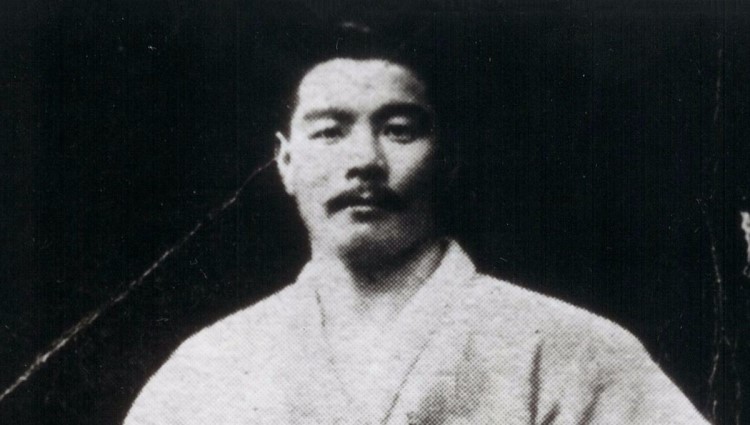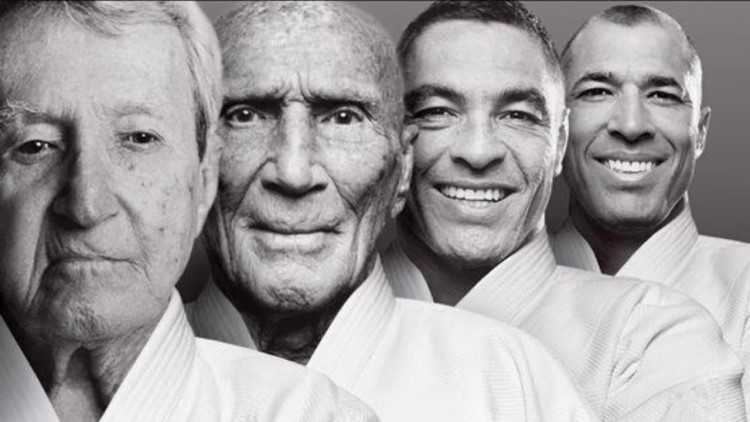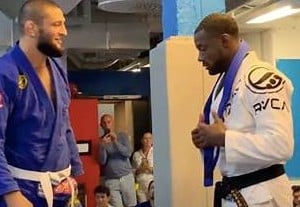BJJ History: From Japan to Brazil and Beyond
Brazilian Jiu-Jitsu (BJJ) is a martial art that has overtaken the world. It is known for its effective ground fighting techniques and submission holds. Its origins can be traced back to Japan, where Jiu-Jitsu was first developed. The BJJ history shows us how it evolved, especially by the Gracie family in Brazil. And how they later spread it to become a global phenomenon.
Origins in Japan
The roots of Brazilian Jiu-Jitsu lie in the ancient martial art of Japanese Jiu-Jitsu, which was practiced by the samurai class. This traditional art focused on using an opponent’s energy against them, employing throws, joint locks, and chokeholds. In the late 19th century, Jigoro Kano, a prominent martial artist, refined Jiu-Jitsu into what is now known as Judo. Kano emphasized the principles of leverage and technique over brute strength, making Judo accessible to practitioners of all sizes.
The Arrival of Judo and Jiu-Jitsu in Brazil

Judo, and subsequently Jiu-Jitsu, made its way to Brazil in the early 20th century through Mitsuyo Maeda, a student of Jigoro Kano. Maeda traveled extensively, demonstrating Judo and teaching it to interested students. Among his students were members of the Gracie family, notably Carlos Gracie. Carlos and his brothers, particularly Helio Gracie, adapted and refined the techniques they learned from Maeda. Focusing on ground fighting and submissions. This adaptation led to the creation of Brazilian Jiu-Jitsu.
The Gracie family played a pivotal role in the development and popularization of BJJ. They established the first Gracie Jiu-Jitsu academy in Rio de Janeiro and began to challenge other martial arts practitioners to prove their style’s effectiveness. These challenges, known as “Gracie Challenges,” showcased the superiority of BJJ’s ground techniques and brought attention to the art.
Growth in the United States
The global expansion of Brazilian Jiu-Jitsu can be largely attributed to the Gracie family’s efforts, particularly in the United States. In 1993, Rorion Gracie co-founded the Ultimate Fighting Championship (UFC) to showcase the effectiveness of BJJ in no-holds-barred combat. Royce Gracie, representing his family’s art, won the first UFC tournaments, defeating much larger opponents and demonstrating the practicality of BJJ in actual combat situations.
The success of BJJ in the UFC and MMA style matches in Japan, where Rickson Gracie became famous, sparked widespread interest in the martial art. As the popularity of mixed martial arts (MMA) grew, so did the recognition of BJJ as a foundational discipline. Numerous BJJ academies were established across the United States, with instructors often having direct lineage to the Gracie family or other prominent Brazilian practitioners.
Evolution into American Jiu-Jitsu
As Brazilian Jiu-Jitsu flourished in the United States, American practitioners began to innovate and adapt the art, incorporating elements from wrestling, sambo, and other grappling styles. This evolution led to what some now call American Jiu-Jitsu (AJJ). Prominent American grapplers like Keenan Cornelius and Eddie Bravo have played significant roles in this movement, developing new techniques, guard systems, and competition strategies that reflect the unique contributions of American practitioners.
American Jiu-Jitsu emphasizes creativity and a hybrid approach, blending traditional BJJ techniques with innovations and wrestling. This rebranding signifies not just a geographical shift but also an acknowledgment of the evolving nature of the art.
Flograppling recently put out a document named American Jiu Jitsu The Movie.
Modern Popularity and Evolution
Today, Brazilian Jiu-Jitsu is practiced by millions worldwide, from hobbyists to professional fighters. The art has continued to evolve, with various schools and practitioners contributing to its development. BJJ tournaments, such as the World Jiu-Jitsu Championship (IBJJF) and the ADCC, draw competitors from around the globe, further cementing BJJ’s status as a premier grappling art.
In addition to its competitive aspect, BJJ is praised for its applicability to self-defense and its benefits for physical fitness and mental well-being. The community aspect of BJJ academies fosters camaraderie and mutual respect among practitioners, regardless of their background or skill level.
Today, you can see a split between the sport BJJ and the instructors holding on to the more practical part of BJJ. Rickosn Gracie is one of the most well-known names when talking about Brazilian Jiu-Jitsu. With his online academy and teaching, he wants to focus more on the self-defense part of the art.
Summary of the BJJ History
Brazilian Jiu-Jitsu’s journey from the samurai of Japan to the global stage is a testament to its effectiveness, adaptability, and universal appeal. The art emphasizes technique over strength and has practical applications in various combat scenarios. As BJJ continues to grow and evolve, its rich history and enduring principles will undoubtedly inspire and shape future practitioners.
Helio Gracie is also the author of the popular book Graice Submission Essentials on Amazon. In this book you can learn about the most effective submission from master Helio.





